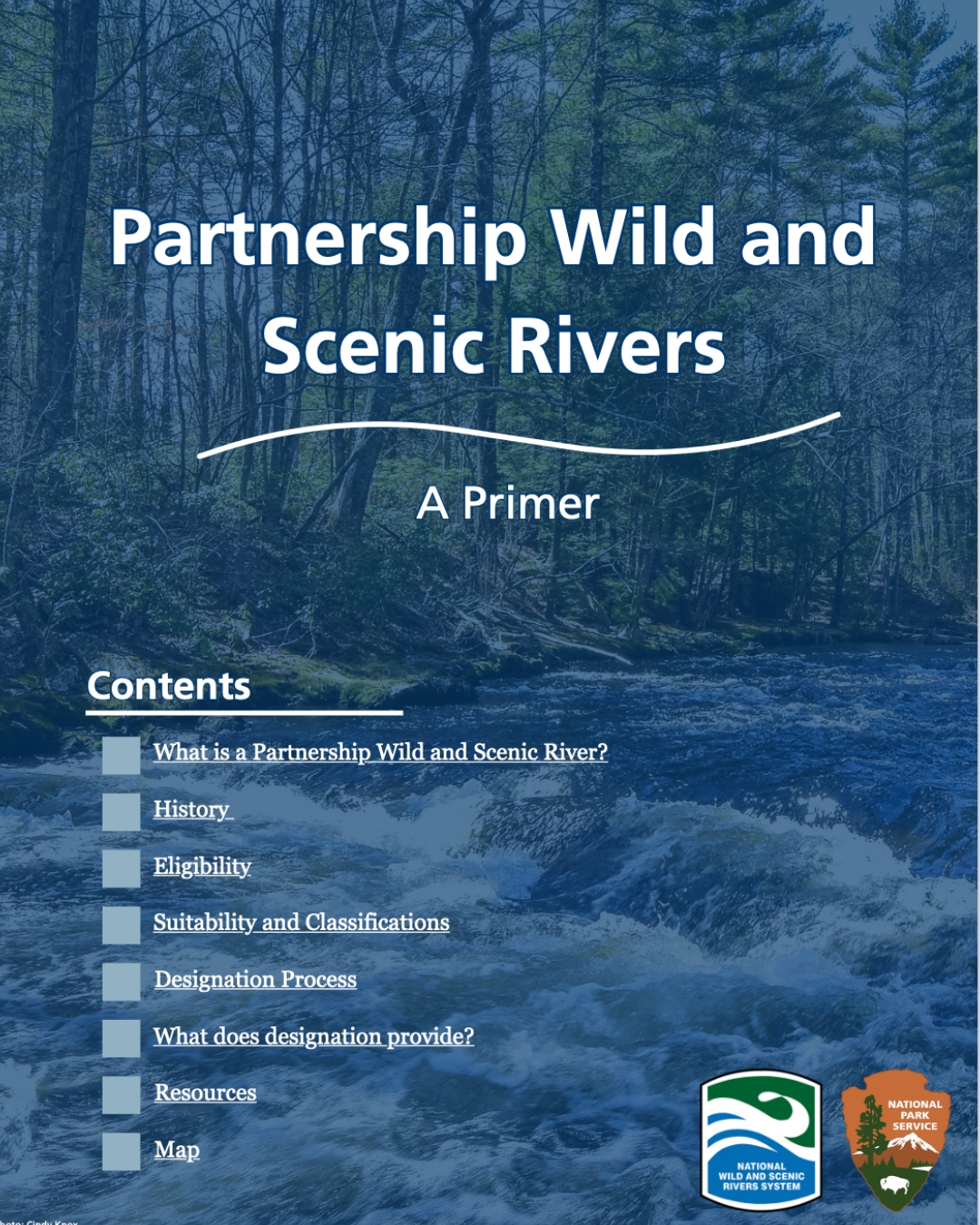The Wekiva River is a cherished natural resource, offering breathtaking scenery, diverse wildlife, and a range of recreational activities. To ensure its preservation for future generations, it’s crucial to understand the concept of Partnership Wild and Scenic Rivers (PWSRs) and how it applies to our beloved Wekiva River.
What is a Partnership Wild and Scenic River?
Established by Congress in 1968, the National Wild and Scenic Rivers System aims to protect rivers with outstanding natural, cultural, and recreational values in a free-flowing condition. PWSRs are a unique category within this system, focusing on rivers that flow primarily through non-federal lands. These rivers are jointly managed by the National Park Service (NPS) and local stakeholders, including municipalities, state agencies, non-profits, and land managers. The management approach is locally led, ensuring that the river’s protection and enhancement align with community values and needs.
The History of PWSRs
The PWSR model emerged in response to the challenges of applying traditional Wild and Scenic River designations in the eastern United States, where mixed land ownership is more common. The first PWSR, the Great Egg Harbor River in New Jersey, was designated in 1992. Since then, this model has proven effective in protecting rivers without relying solely on federal ownership and management.
Eligibility and Suitability for PWSRs
For a river to be eligible for PWSR designation, it must be free-flowing and possess one or more outstandingly remarkable values (ORVs) such as scenic, recreational, geologic, fish and wildlife, historic, cultural, or other similar values. The suitability assessment considers whether the river’s character, water quality, and ORVs can be effectively protected through PWSR designation and whether there is strong community support for this approach.
The Designation Process
The journey to becoming a PWSR involves several steps, starting with exploring the concept and gauging community support. If there’s interest, a proponent can request Congress to authorize a study to formally evaluate the river’s eligibility and suitability. A local study committee, in collaboration with the NPS, then develops a management plan and conducts outreach to understand the community’s perspectives. If Congress decides to designate the river, a local river council is formed to coordinate the implementation of the management plan, with support from the NPS.
Benefits of PWSR Designation
Designating a river as a PWSR brings numerous benefits, including the establishment of a local river council to guide future management, technical and financial support from the NPS, national recognition, and potential economic benefits for the surrounding area. It also enhances the competitiveness for grant applications and opens up opportunities for additional funding to protect the river.
The Partnership Wild and Scenic Rivers model offers a collaborative and locally-driven approach to river conservation. By understanding and embracing this concept, communities like ours can play a pivotal role in safeguarding the natural and cultural treasures of the Wekiva River for generations to come.
Interested in learning more?
Peruse the PWSR Primer!

